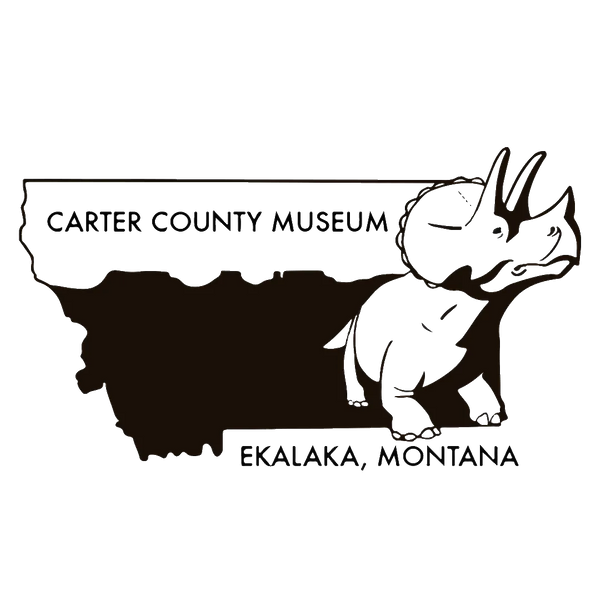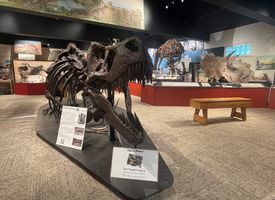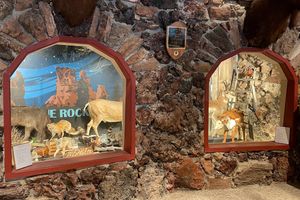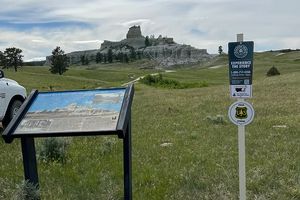Exhibits
Exhibits and Collections
A Rich History of Local Culture and Scientific Discovery
The Carter County Museum showcases 100 million years of Montana’s history through educational programming, fossil and artifact locating and preservation activities, and collections and exhibits that are unique to the region, to Montana, and to the world. The museum’s core exhibits and collections include: dinosaur fossils from world-renowned local sites such as Hell Creek Formation (Cretaceous Period) and the Western Interior Seaway; artifacts from the 10,500 year-old Mill Iron Site, one of Montana’s oldest archaeological sites; ancient and modern American Indian history; and the local legacies of the Tooke Bucking Horse, Lee Castleberry Taxidermy, homesteading, and military eras and local veterans.















